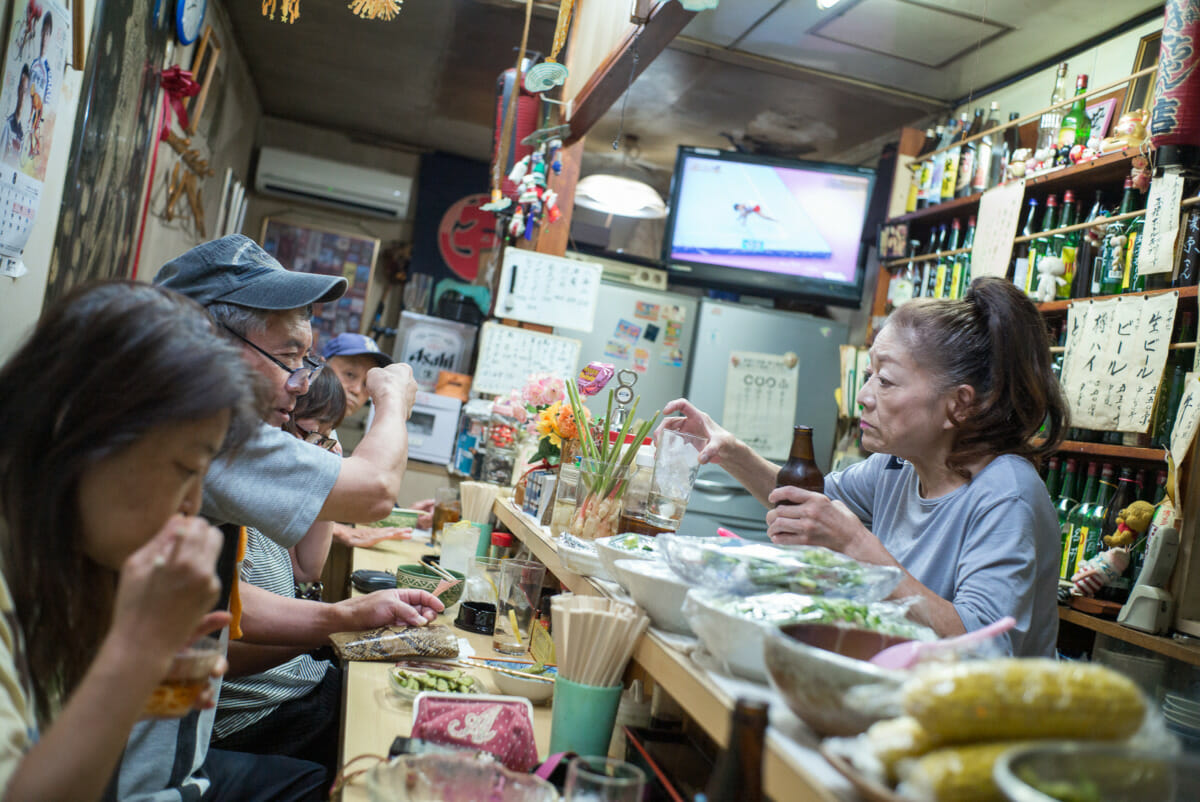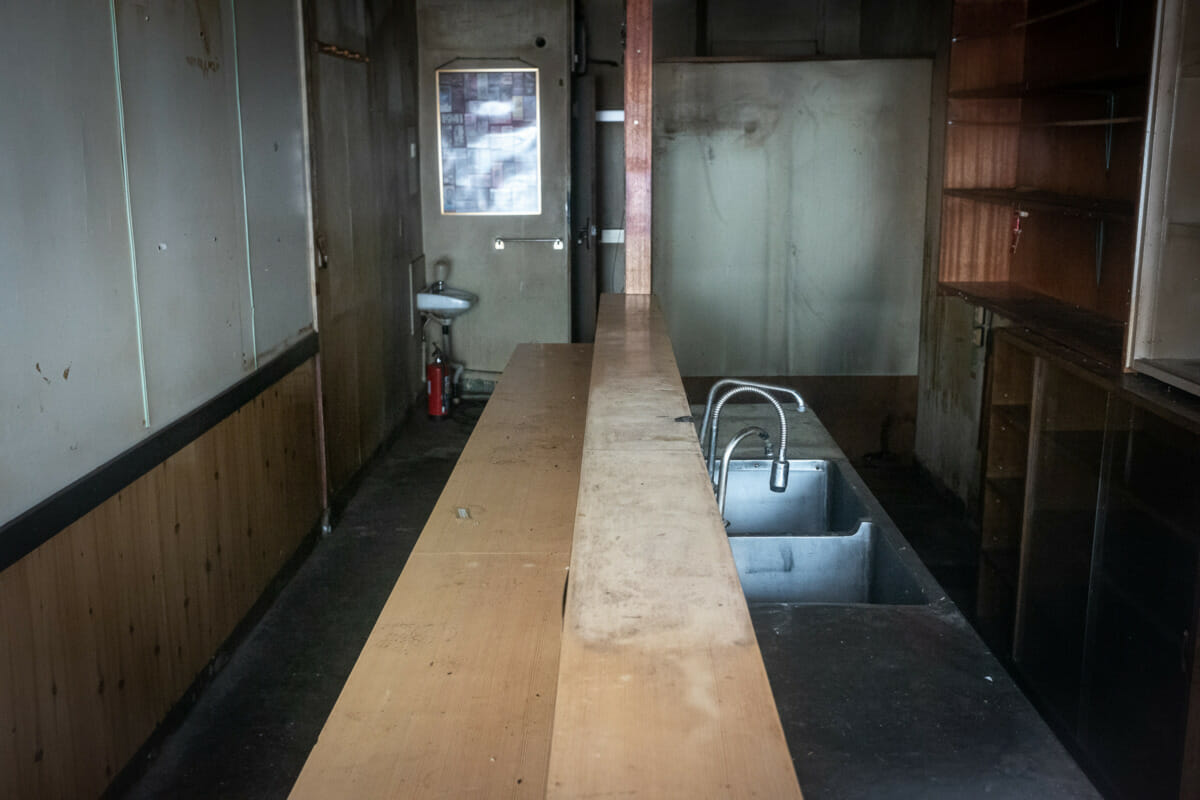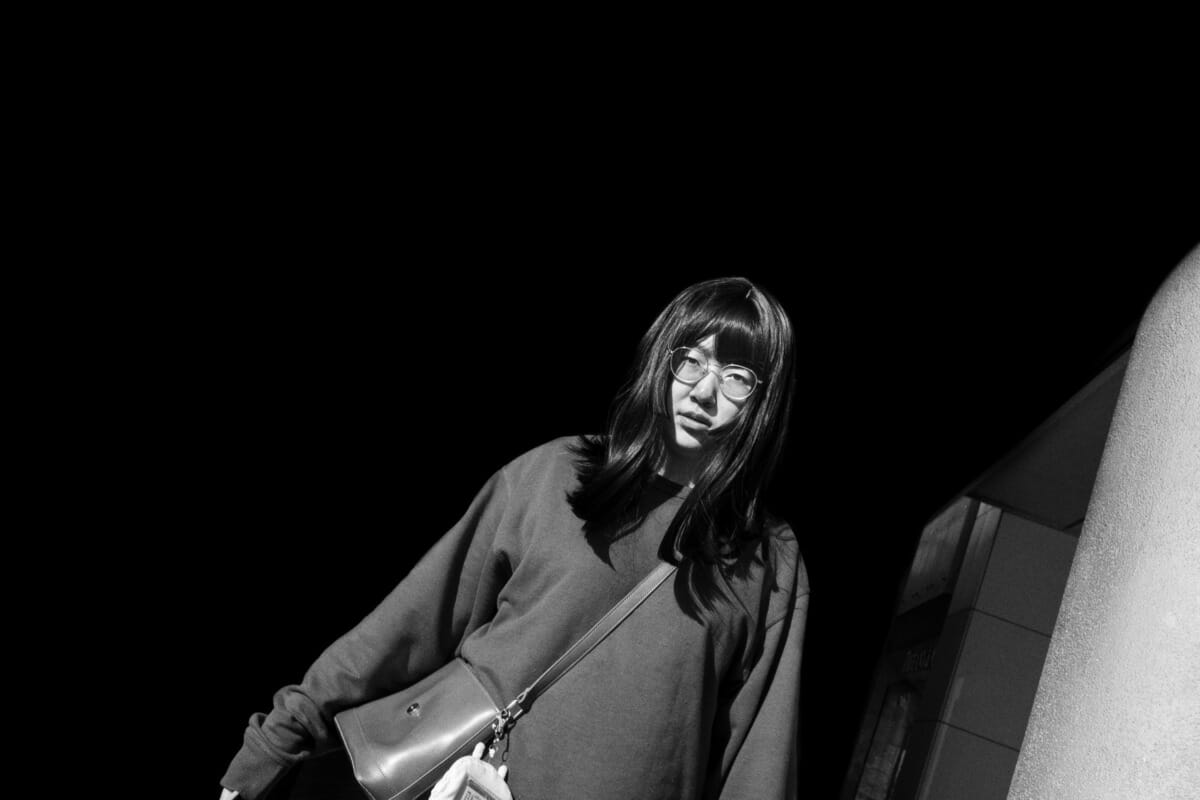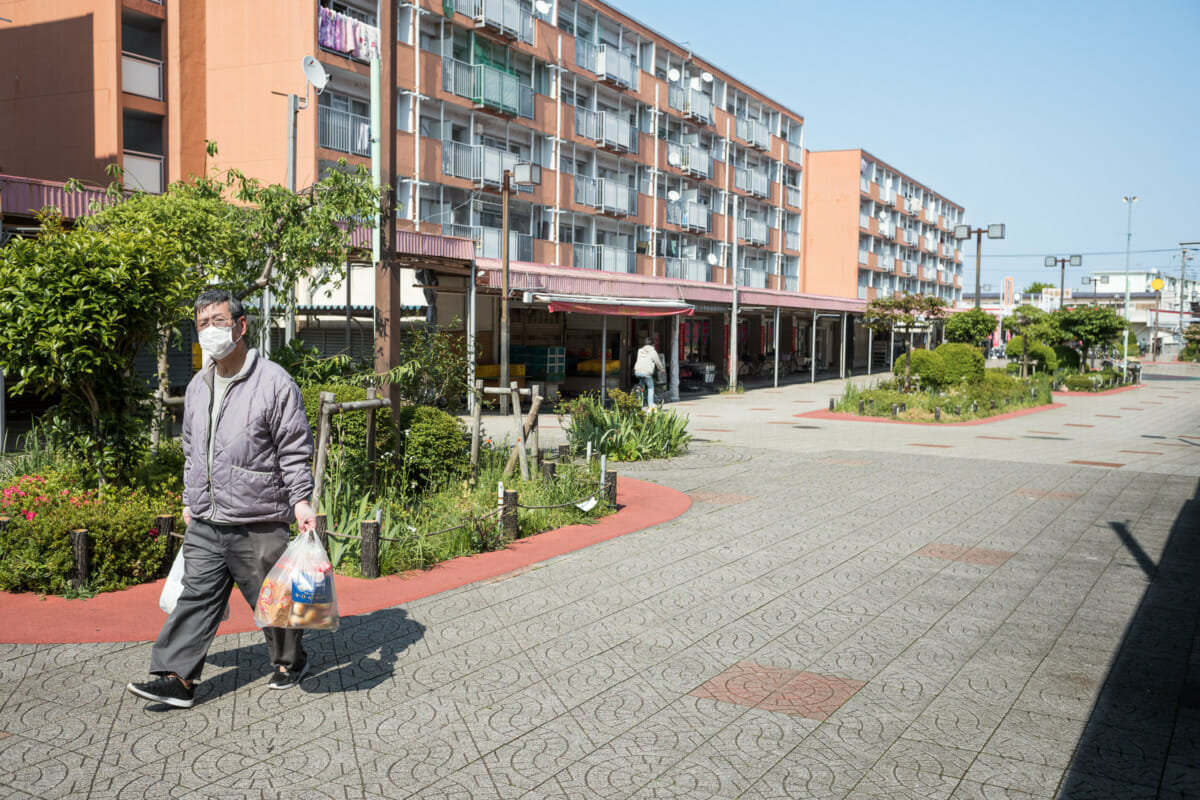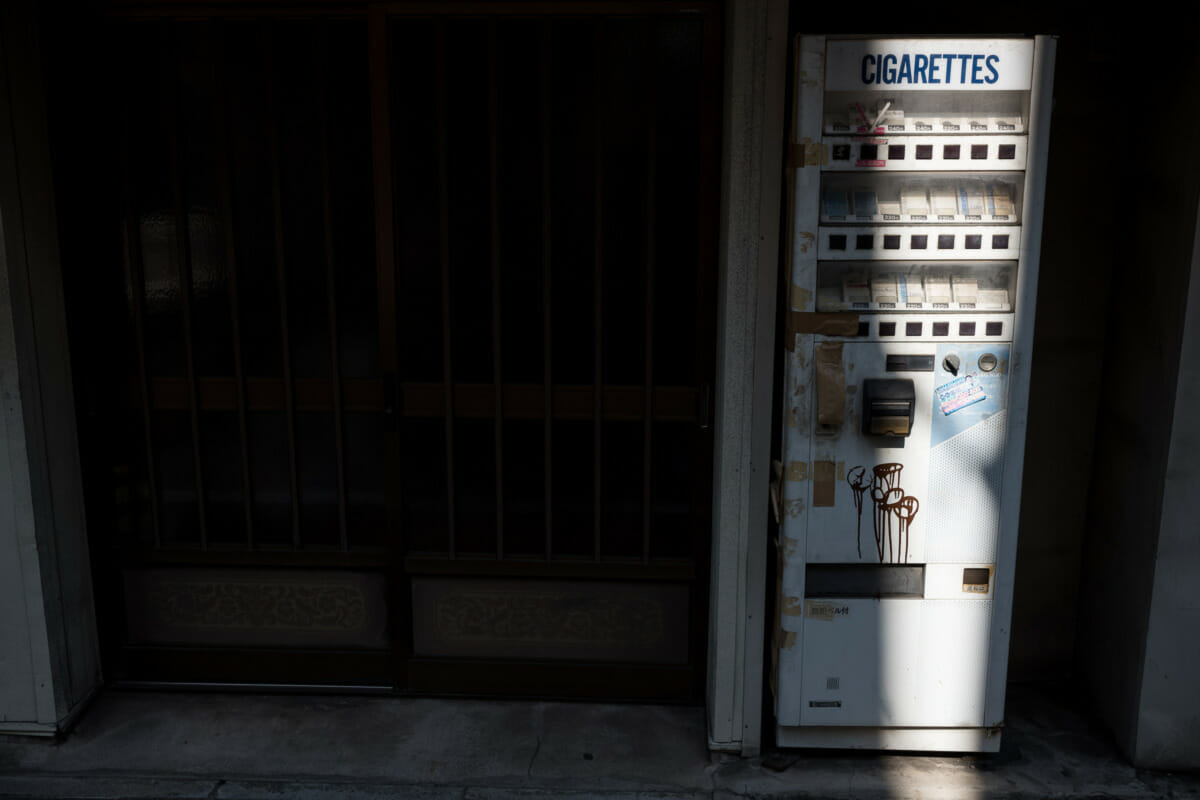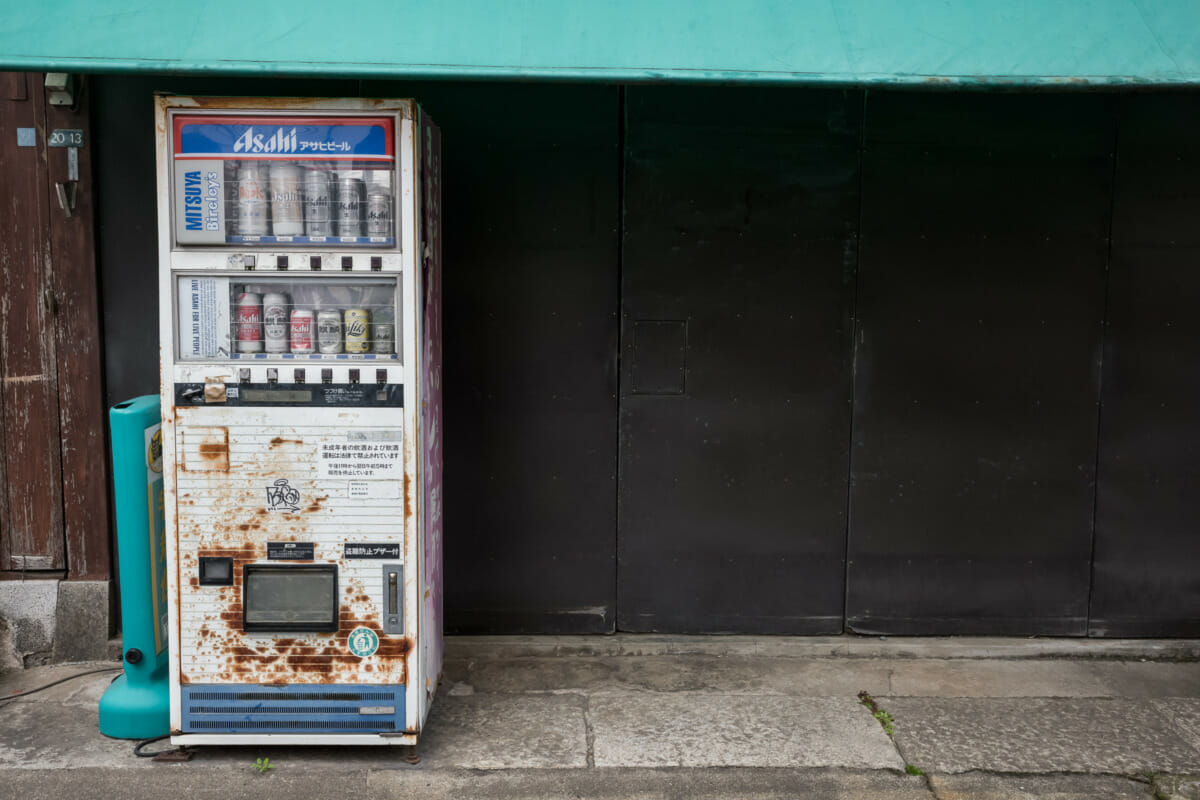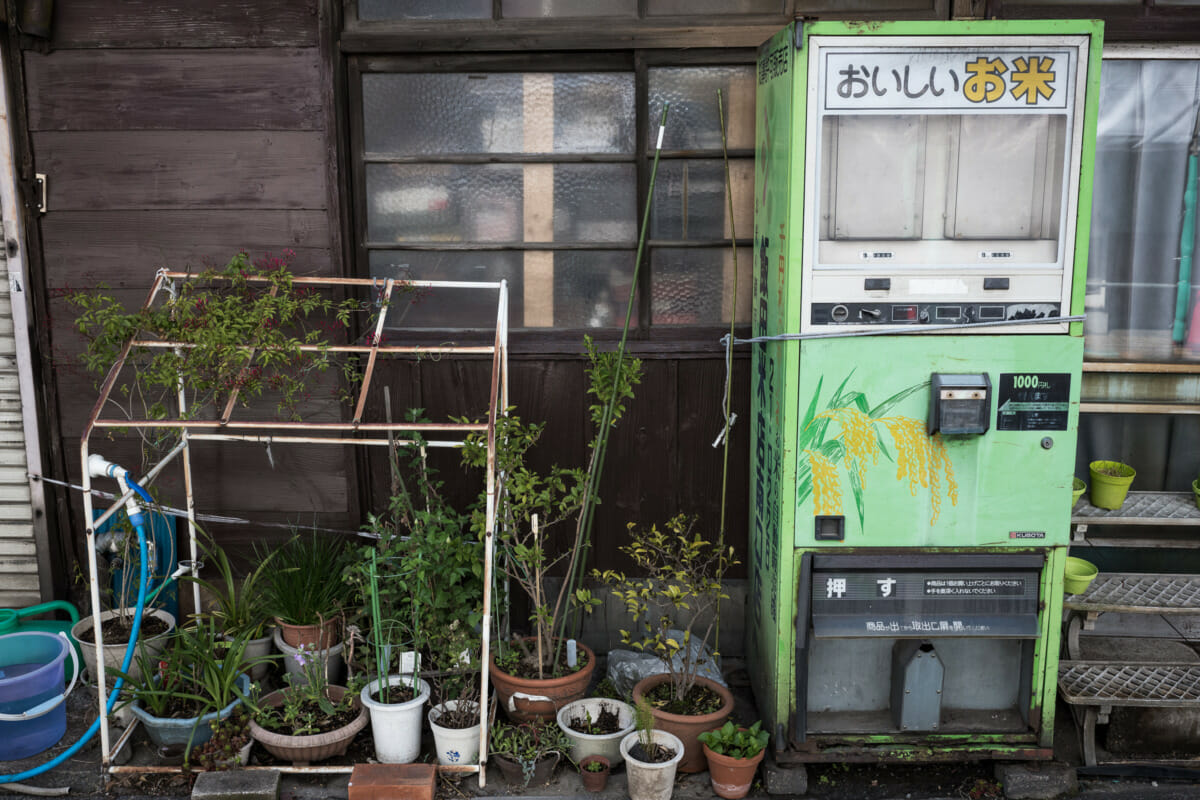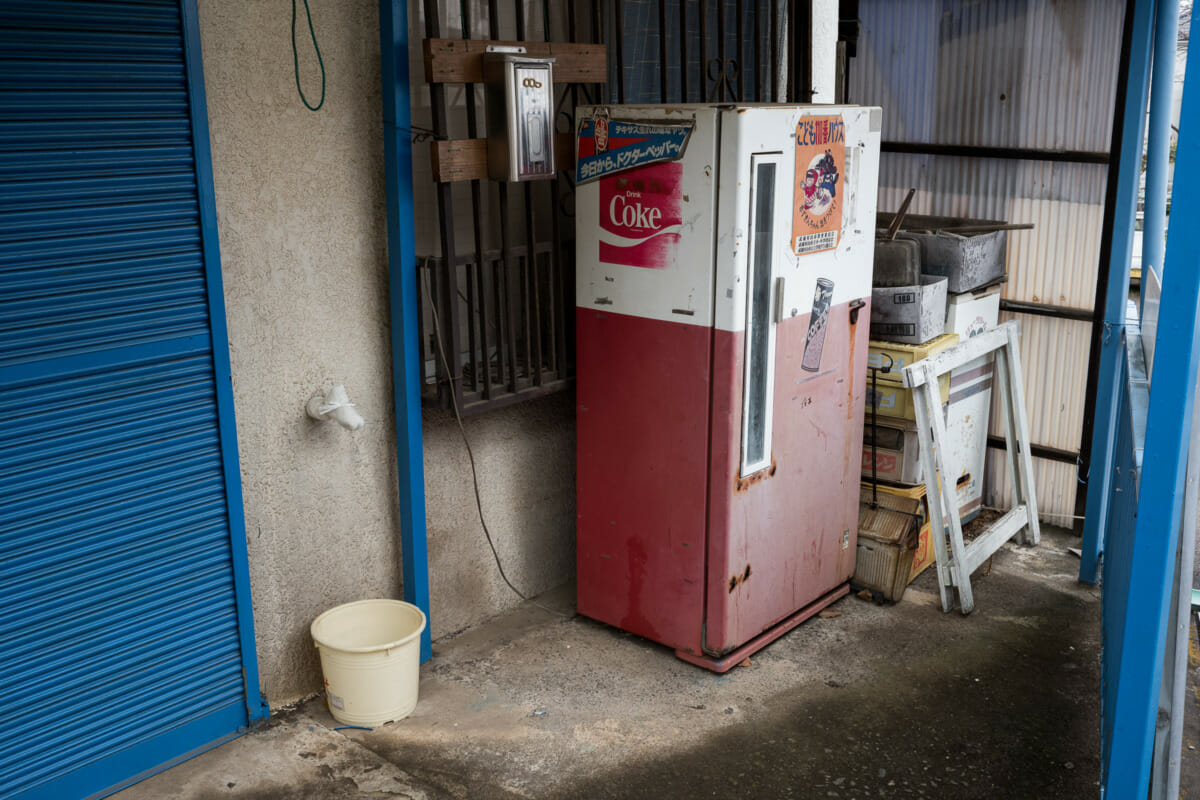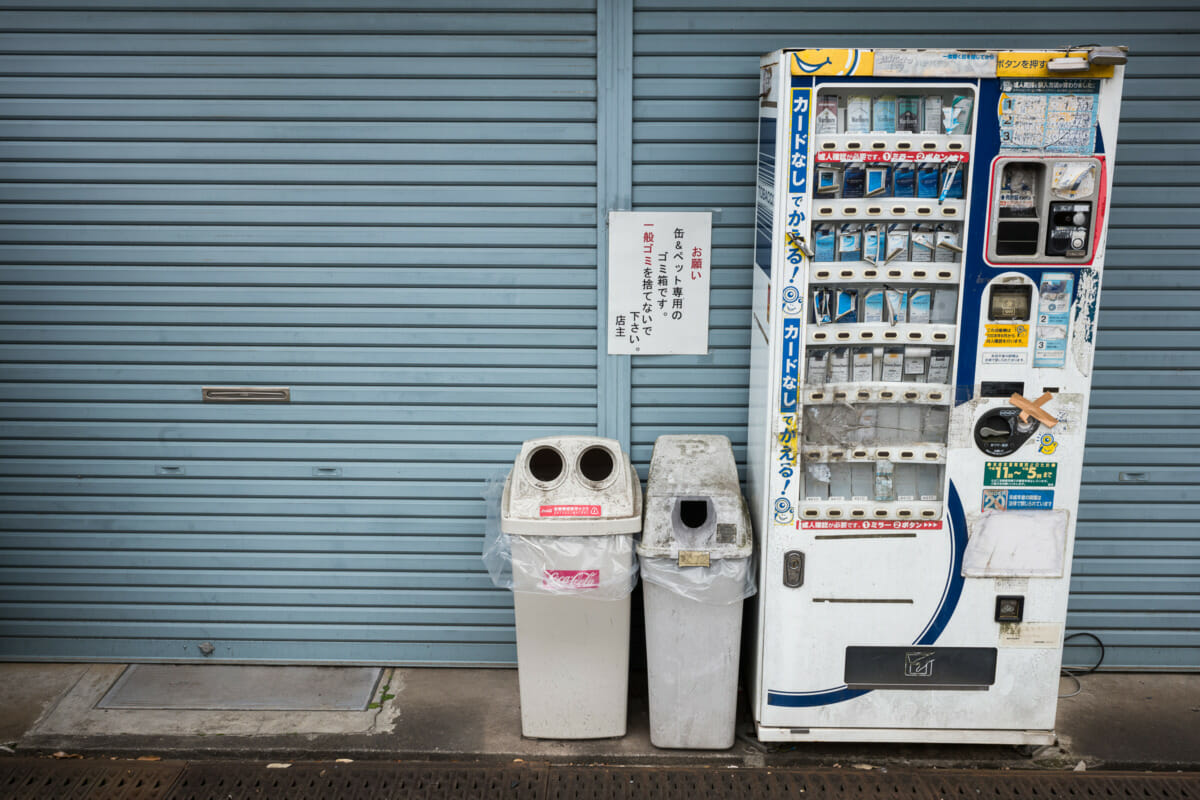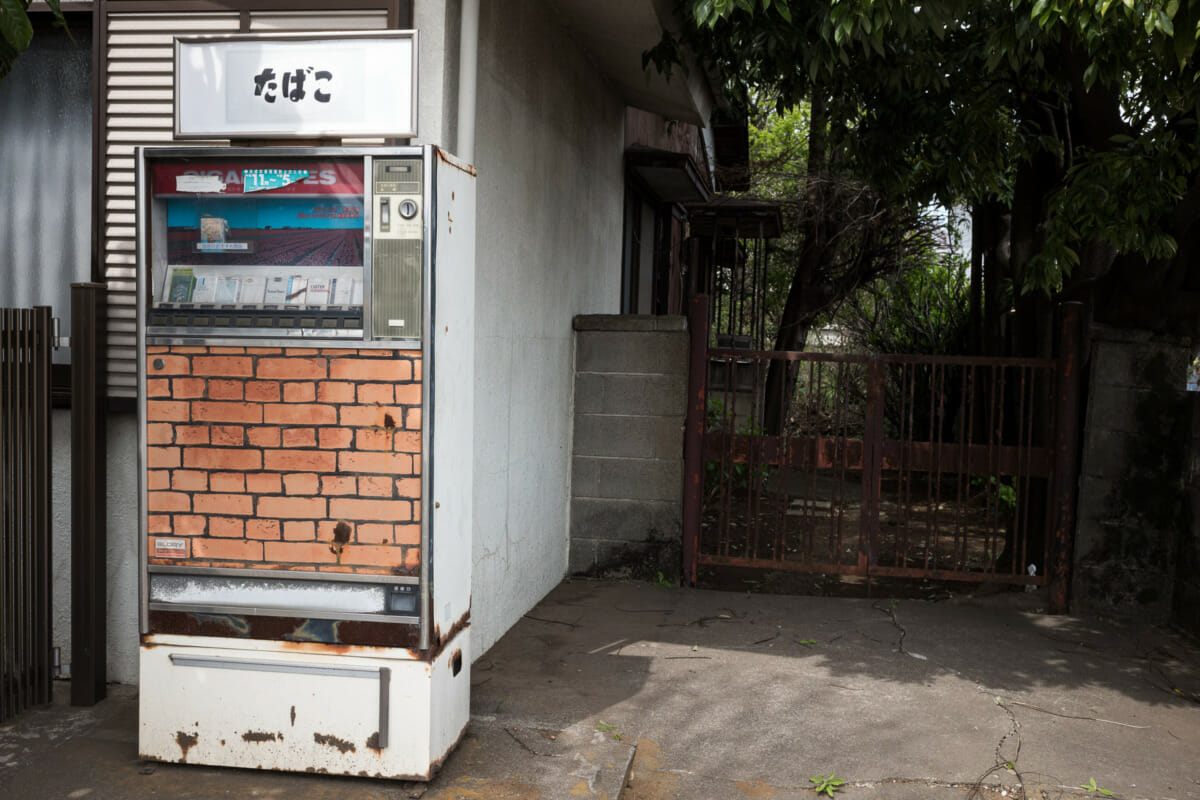An urban cowboy expertly navigating the shadowy valleys of Tokyo’s skyscrapers perhaps? Or rather more prosaically, simply an entertainment district host with a love of hats on his way home from work?
Either way though, his intriguing and very distinctive look that day was as welcome as the similarly wonderful light.

